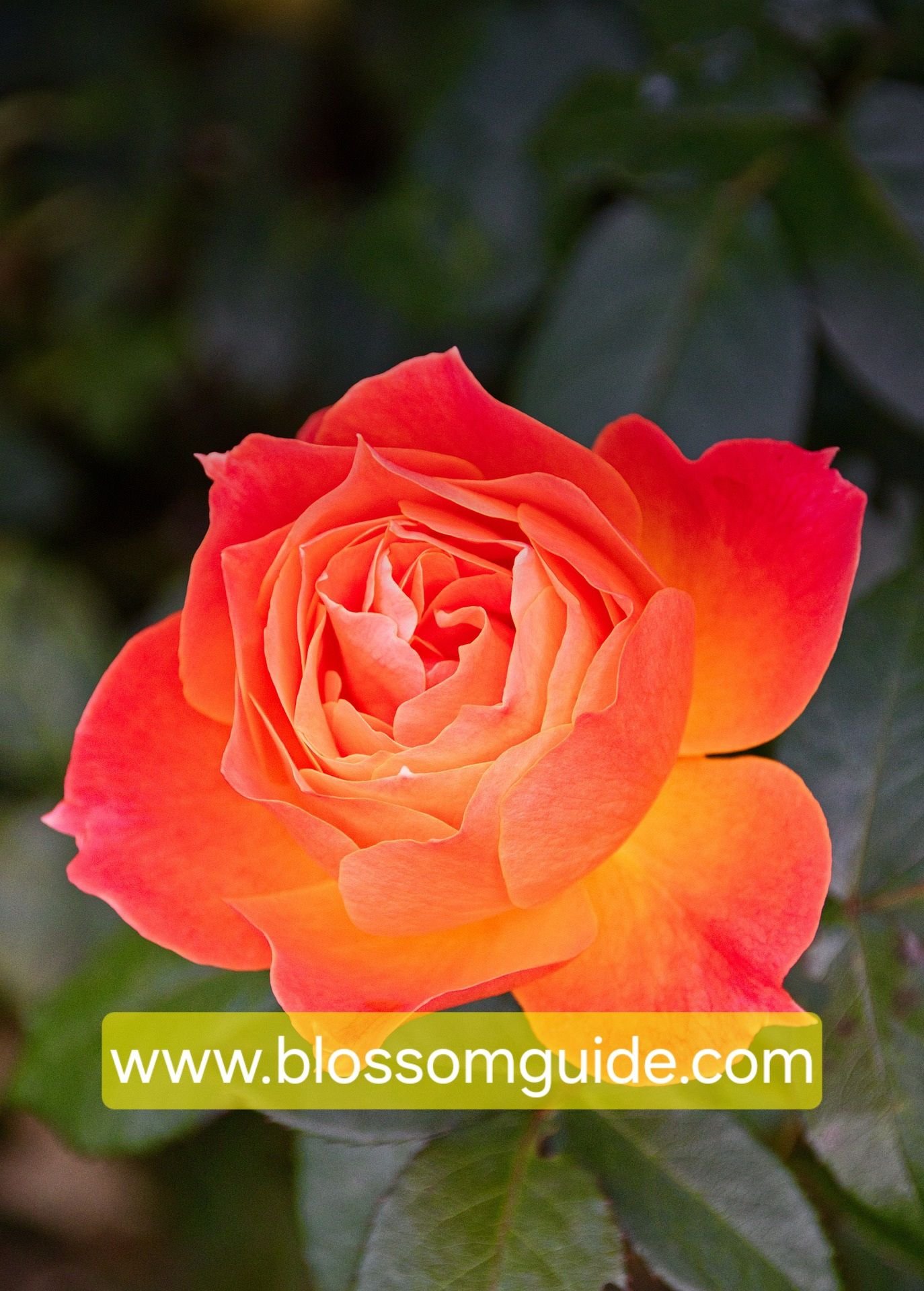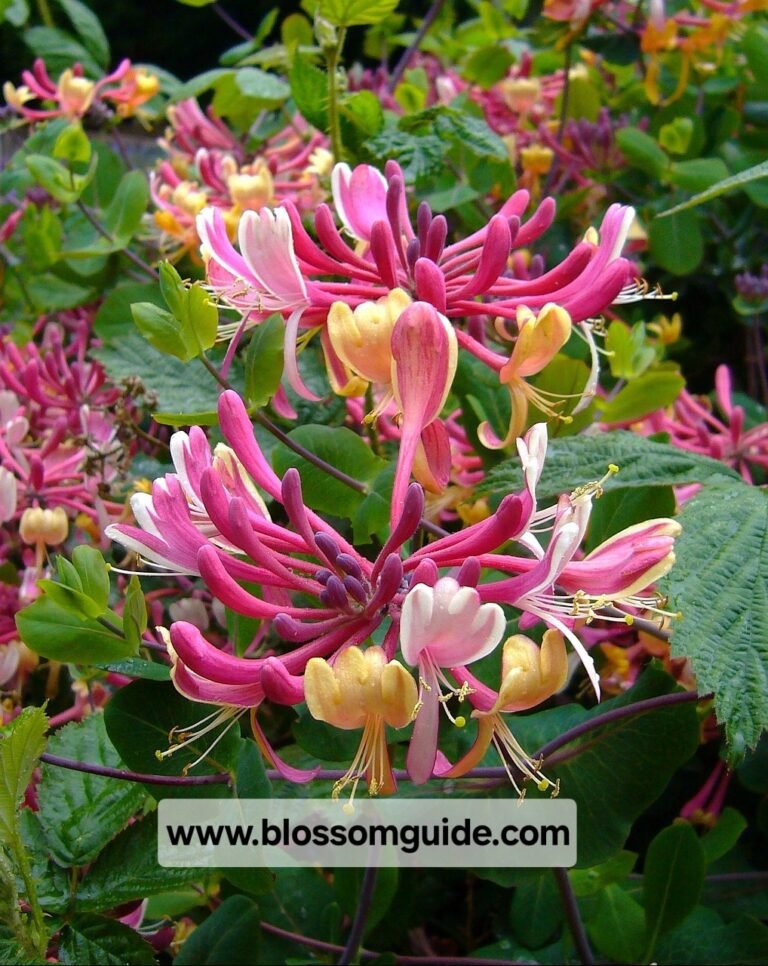The Ultimate Rose Planting Handbook: Expert Tips and Techniques

Planting roses can be a rewarding endeavor when done correctly. Here’s a detailed step-by-step guide, complete with expert tips:
1. Choose the Right Variety:
- Explanation: There are numerous rose varieties, including hybrid teas, floribundas, grandifloras, and shrub roses. Select a variety that suits your climate, soil, and aesthetic preferences.
- Expert Tip: Consult with local nurseries or rose societies to identify varieties that perform well in your region.
2. Select a Suitable Location:
- Explanation: Roses thrive in full sun, requiring at least 6-8 hours of direct sunlight daily. Choose a location with well-draining soil to prevent root rot.
- Expert Tip: Ensure adequate air circulation around the plants to reduce the risk of fungal diseases.
3. Prepare the Planting Site:
- Explanation: Clear the planting area of weeds, rocks, and debris. Amend the soil with organic matter, such as compost, to improve fertility and drainage.
- Expert Tip: Test the soil pH and adjust if necessary. Roses generally prefer slightly acidic to neutral soil (pH 6.0-7.0).
4. Dig the Planting Hole:
- Explanation: Dig a hole that is twice as wide and deep as the rose’s root ball. This provides ample space for the roots to spread and establish.
- Expert Tip: Incorporate a handful of bone meal or a phosphorus-rich fertilizer at the bottom of the hole to promote root development.
5. Plant the Rose:
- Explanation: Gently remove the rose from its container and place it in the center of the hole. Position the plant so that the graft union (swollen area where the rose is grafted onto the rootstock) is just above the soil level.
- Expert Tip: Ensure the roots are spread out and not cramped. Backfill the hole with soil, firming it gently around the plant to eliminate air pockets.
6. Water Thoroughly:
- Explanation: Water the newly planted rose thoroughly to settle the soil and hydrate the roots. Continue to water regularly, keeping the soil evenly moist but not waterlogged.
- Expert Tip: Use a soaker hose or drip irrigation to deliver water directly to the root zone, minimizing water waste and reducing the risk of fungal diseases.
7. Mulch the Planting Area:
- Explanation: Apply a 2-3 inch layer of organic mulch, such as shredded bark or straw, around the base of the rose. Mulching conserves moisture, regulates soil temperature, and suppresses weeds.
- Expert Tip: Leave a gap between the mulch and the rose stem to prevent moisture-related issues and discourage pests.
8. Prune and Shape:
- Explanation: Depending on the type of rose, you may need to prune lightly at planting time to remove any damaged or dead growth. Shape the plant as desired, considering its growth habit and bloom characteristics.
- Expert Tip: Regular pruning promotes healthy growth, improves air circulation, and enhances flowering. Familiarize yourself with the specific pruning requirements for your rose variety.
9. Monitor and Care:
- Explanation: Monitor the rose for signs of pests, diseases, or stress. Provide regular care, including fertilization, watering, and pest management, to ensure optimal growth and bloom.
- Expert Tip: Consider using organic or slow-release fertilizers to provide a steady nutrient supply without risking over-fertilization.
10. Enjoy the Blooms:
- Explanation: With proper care and maintenance, your rose will reward you with beautiful blooms. Take the time to appreciate the flowers, and consider cutting them for indoor arrangements to enjoy their beauty up close.
- Expert Tip: Deadhead spent flowers regularly to encourage continuous blooming and maintain a tidy appearance. Monitor the plant’s health and adjust care practices as needed.
By following these steps and incorporating expert tips, you can plant roses with confidence and enjoy a vibrant and healthy garden display.



